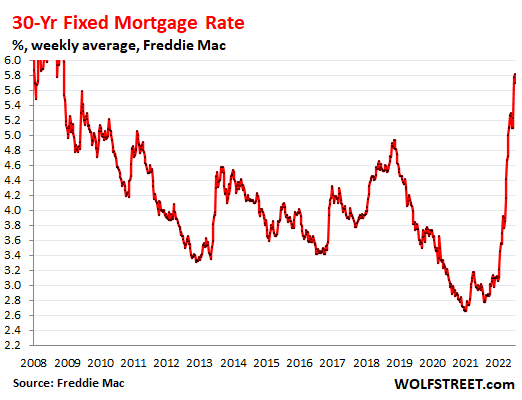WSU housing forecast: Despite rates' impact on demand, it's still a seller's market

Even as 2023 has seen a consistent decline in local home sales compared to 2022, an overall lack of housing supply is expected to lead to another seller’s market next year, according to a new forecast from Wichita State University’s Center for Real Estate.
As part of its 2024 Kansas Housing Markets Forecast, the center is predicting Wichita home values will finish this year up 4.2% and will rise another 3.4% next year.
Stan Longhofer, director of the WSU Center for Real Estate, said limited inventory continues to be the top constraint for prospective homebuyers — even more than mortgage rates than are now over 7%.
“There would be more people out there willing to buy if they could find what they wanted and were able to do that,” he said.
Longhofer will present the annual forecast, which also includes analysis of the Kansas City, Lawrence, Manhattan and Topeka markets, on Thursday at the Kansas Association of Realtors Conference in Manhattan.
While Sedgwick County’s inventory has ticked up in recent months, the 1.7 months’ supply of homes seen in August is still much less than the 4-6 months’ supply Longhofer and other real estate experts say a balanced market contains.
That means that even with rising mortgage rates impacting demand, prices should remain resilient.
“Because of the lack of inventory, that’s what continues to drive prices up,” Longhofer said in an interview prior to the forecast’s release. “It won’t be at the astronomical rates that we saw the last couple of years, but 4% or 5% is a pretty healthy rate for Wichita. That’s not an unreasonable rate of appreciation to expect.”

Stan Longhofer has been the leader of the WSU Center for Real Estate since 1999.
The impact of rates and low inventory is still expected to continue downward pressure on sales, the forecast said.
Specific to the Wichita area, home sales volume is anticipated to close the year down 10.4%, at 9,470 units, and then decline further in 2024 to 9,390 units.
When looking at 2023 thus far, Longhofer said mortgage rates — which are more than double levels seen at the start of 2022 — have been a particularly strong headwind for one segment of the market.
“The place in the market that really got affected by mortgage rate increases was the new home market and especially what, for new homes, you might call more modest price points — those $350,000 to $500,000 homes,” he said. “Those buyers were very, very much affected by the increase in prices that have happened in the market, as well as the mortgage rates. And so that end of the market really collapsed.”
The forecast highlighted challenges new home construction has faced in 2023, with an expectation that new-build activity in Wichita will fall 7.2% to 1,255 new single-family permits for the year.
Rising interest rates have not only impacted potential buyers of newly-constructed homes, but homebuilders are running into challenges obtaining financing to build what are called “spec” homes, the forecast said.
Longhofer said, because of that, custom-built or dream homes are currently comprising most of new construction versus spec, or what Longhofer prefers to call “inventory” homes.
“Builders also are being more cautious,” he said. “They’re afraid that they’ll build the home and then there won’t be a buyer to get it. Builders have also been burned a little bit, because as construction costs were changing so rapidly, they thought they’d have a price, and then the cost would be different.”
But the forecast says that if mortgage rates fall to 6% by the end of 2024, as the National Association of Realtors August Economic Outlook projects, local new construction is expected to rebound 8.8% to 1,365 units.
“There are a lot of things that as we settle out — and inflation is under control and interest rates are under control, and there’s confidence that we’re not going to see a real downturn — that I’m hopeful will help out the new home construction market going forward,” he said.
As for the entire state of Kansas, the forecast is projecting single-family building permits to drop 18.4% in 2023 to 4,700 units, and then rise 4% to 4,890 units if mortgage rates fall as anticipated.
Meanwhile, across the state, home sales are predicted to drop 12.4% this year, and then be essentially flat in 2024, while home values rise 5.5% in 2023 before increasing another 3.5% in 2024.
As for the stubborn local housing inventory issues?
Longhofer said he sees bright spots.
One is the continued growth in the duplex market, including an increase in developers advancing two-family homes, with the intent of them being sold as owner-occupied.
Secondly, Longhofer said, in speaking with those who flip homes in the community, he sees potential for those individuals to add housing supply at more modest price points “in the meat of the market where we really have shortages” — in particular, taking a $80,000 to $140,000 property, investing in renovations, and then selling it for $150,000 to $225,000.
“Those are two things that I hope will help resolve the inventory problems in a few years as opposed to a decade,” he said.


